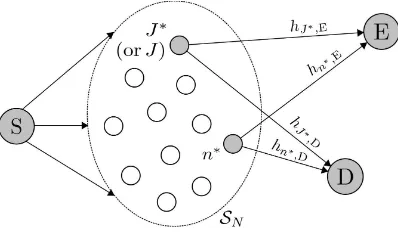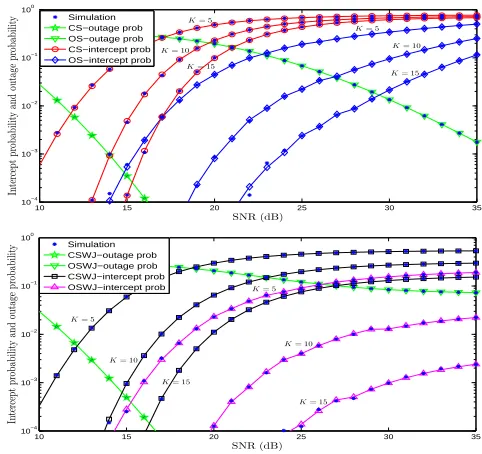Opportunistic relaying and random linear network coding for secure and reliable communication
Full text
Figure




Related documents
Background: Previous research has demonstrated that attainment inequalities exist for students from Black Asian and Minority Ethnic (BAME) groups in pre-registration
In this previous human study involving young females, it was found that six weeks of aerobic dance exercise at three times per week, one hour per session combined with
This essay asserts that to effectively degrade and ultimately destroy the Islamic State of Iraq and Syria (ISIS), and to topple the Bashar al-Assad’s regime, the international
In conclusion, this study showed that in a patient group with mainly moderate and severe COPD experience a loss of peripheral muscle strength and endurance, exercise capacity
It was decided that with the presence of such significant red flag signs that she should undergo advanced imaging, in this case an MRI, that revealed an underlying malignancy, which
We couldn’t start with Valentine’s entrance (scene 14) as it looked out the door. Instead, we shot Zia’s appearance first. The first shot of the day proved to be more difficult than
A significant decline in the concentrations of renal reduced glutathione in comparison with the control group (C) were observed in the trained and untrained rats intoxicated with
19% serve a county. Fourteen per cent of the centers provide service for adjoining states in addition to the states in which they are located; usually these adjoining states have